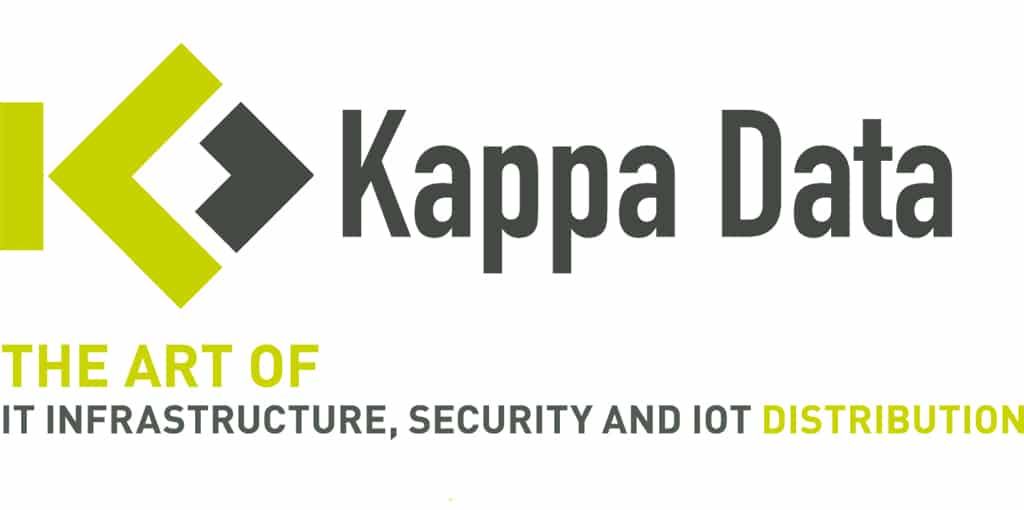
03 Jul Bridging the Visibility Gap with SolarWinds Observability
Do you also find it challenging to maintain an overview of your IT environments, both on-premises and in the cloud? In today’s fast-evolving hybrid IT landscape, IT Operations (ITOps) and Cloud Operations (CloudOps) teams are under immense pressure to ensure optimal performance and uptime across both on-prem and cloud infrastructures.
One of their biggest challenges is the visibility gap, the lack of integrated, end-to-end visibility across their diverse environments. This gap, often caused by outdated on-prem tools and cloud-only monitoring solutions, can lead to undetected performance issues and prolonged downtime, ultimately affecting the user experience.
The Visibility Struggle: Fragmented Tools and Silos
ITOps professionals, including network engineers, system administrators, and infrastructure managers, are responsible for the foundational elements of an IT infrastructure. However, as hybrid environments grow, so too does the complexity of their responsibilities. A key issue they face is managing multiple disparate monitoring tools that are unable to provide a full view of their systems.
As a result, data silos emerge, and critical alerts often get lost in the noise, creating a scenario where issues are not identified or addressed promptly. The lack of a shared source of truth also inhibits effective collaboration within teams, further exacerbating the problem.
Meanwhile, CloudOps professionals, responsible for managing cloud-based and hybrid infrastructures, also face similar visibility challenges. In addition to ensuring application performance and controlling cloud costs, they must juggle various monitoring tools that don’t provide the deep, unified insights necessary to manage these complex environments. The lack of comprehensive visibility leads to missed service level agreements (SLAs), unaddressed security risks, and inefficient resource optimization.
The Solution: SolarWinds NIO (Network & Infrastructure Observability)
SolarWinds has a solution that directly addresses the visibility gap faced by ITOps and CloudOps teams: SolarWinds Network & Infrastructure Observability (NIO). This platform offers comprehensive visibility across both on-premises and cloud environments, enabling IT teams to proactively detect, troubleshoot, and resolve performance issues with greater speed and accuracy.
SolarWinds NIO integrates seamlessly with existing systems and can be deployed either as a self-hosted solution or as a SaaS-based platform. Unlike legacy tools, which focus on either on-prem infrastructure or cloud environments, SolarWinds provides an integrated approach to full-stack observability, unifying network, infrastructure, and cloud monitoring in a single, easy-to-use platform.
Key Capabilities of SolarWinds NIO:
– Advanced Network Performance Monitoring: Get in-depth insights into network traffic, flow, and path analysis, helping to detect issues and prevent bottlenecks.
– Comprehensive On-Prem Infrastructure Monitoring: Monitor both physical and virtual servers, ensuring all components of the on-prem infrastructure are properly optimized.
– Expanded Cloud Monitoring: Including support for Kubernetes, AWS, and Azure, SolarWinds NIO provides deep insights into your cloud environments, enabling faster issue detection and resolution.
– Support for SD-WAN and Wireless Devices: SolarWinds NIO supports a wide range of devices, including SD-WAN, wireless access points, and devices within the Vulnerability and Risk Dashboard, ensuring full coverage.
How SolarWinds NIO Benefits ITOps and CloudOps Teams
With SolarWinds Observability, IT and Cloud Operations teams gain the following key advantages:
1. ITOps: Faster Issue Detection and Resolution
– SolarWinds NIO enables end-to-end visibility across networks, servers, and applications. By providing a single pane of glass, teams can quickly identify and resolve performance issues, proactively detecting resource bottlenecks before they affect end-users. This helps ensure optimal uptime and performance across the entire IT ecosystem.
2. CloudOps: Seamless Integration Across Hybrid Environments
– For CloudOps teams, SolarWinds NIO provides unified observability across hybrid and multi-cloud environments, allowing teams to quickly identify, prioritize, and resolve performance issues based on business impact. The platform’s integration across cloud providers such as AWS and Azure ensures consistent performance monitoring, regardless of the underlying infrastructure.
3. Improved Collaboration Across Teams
– By providing a single, unified source of truth, SolarWinds NIO fosters better collaboration across teams, ensuring that everyone is on the same page when it comes to performance data and issue resolution. This not only improves efficiency but also enables faster response times to critical issues.
Why Choose SolarWinds for Unified Observability?
The visibility gap can be a significant barrier to ensuring optimal IT performance and uptime. SolarWinds NIO bridges this gap with an integrated, real-time observability solution that provides deep insights into both on-prem and cloud environments. By eliminating silos, reducing manual processes, and enabling teams to proactively resolve issues, SolarWinds empowers IT and Cloud Operations teams to create superior digital experiences for end-users.
Don’t let the visibility gap affect your performance. Discover how SolarWinds can help you bridge the gap by empowering your IT teams with the tools they need to manage, monitor, and optimize your hybrid IT environments.
Ready to learn more?
Get in touch with us at [email protected] to see how SolarWinds can support your IT Operations with comprehensive observability solutions.



No Comments